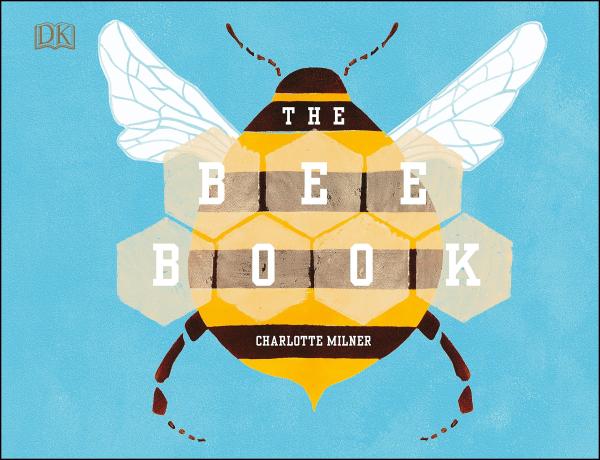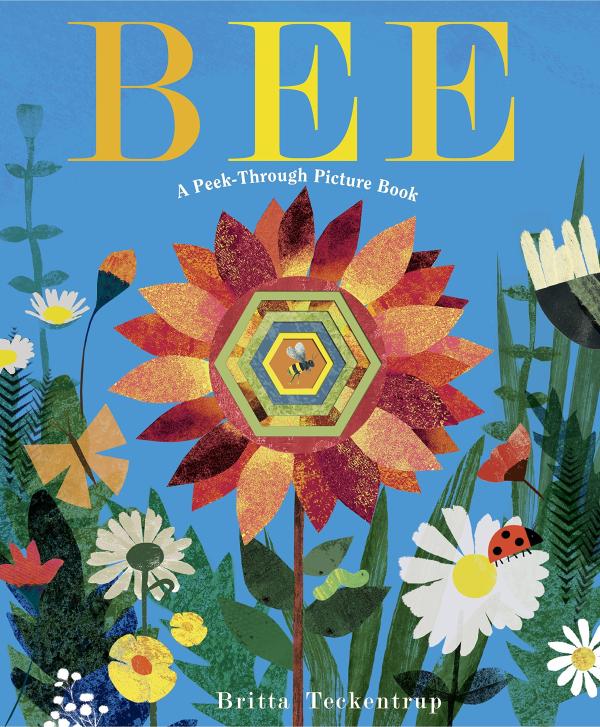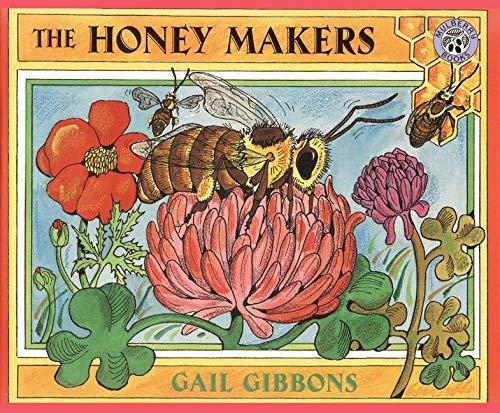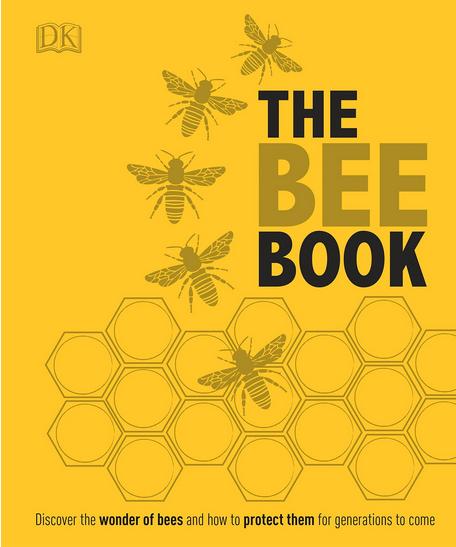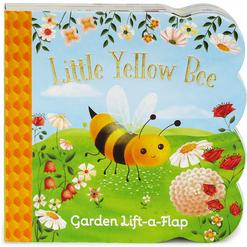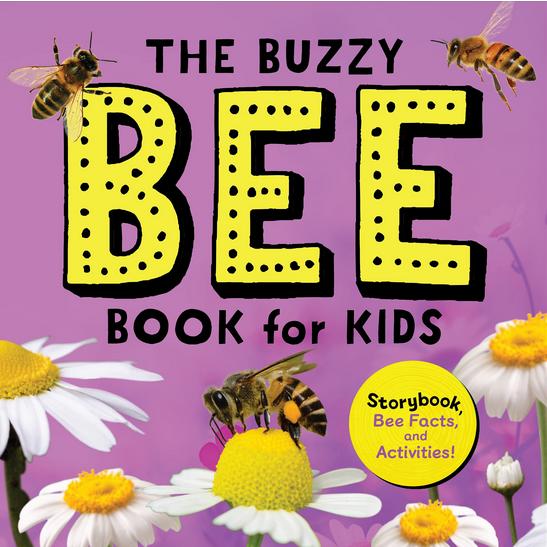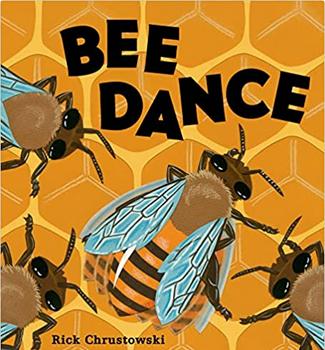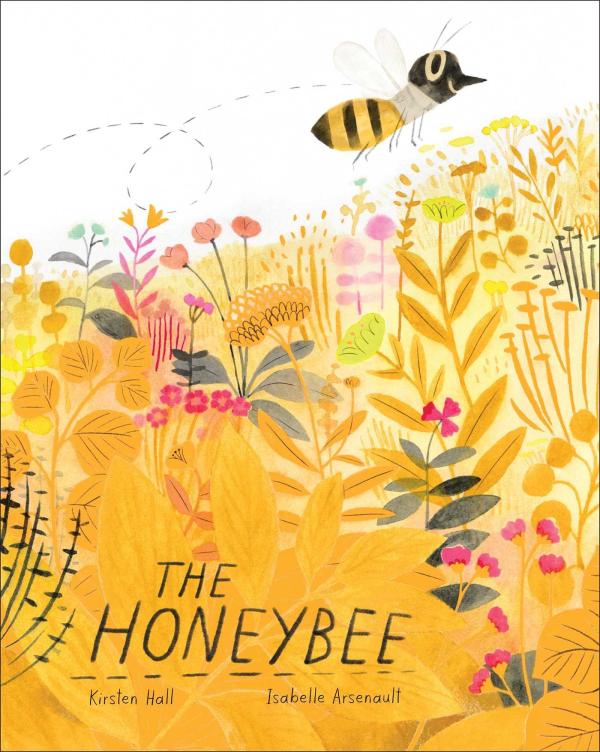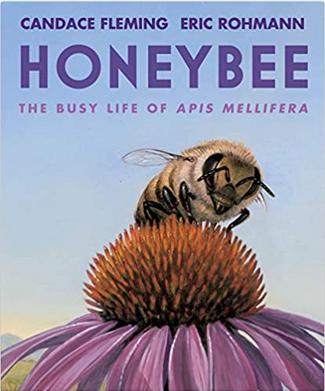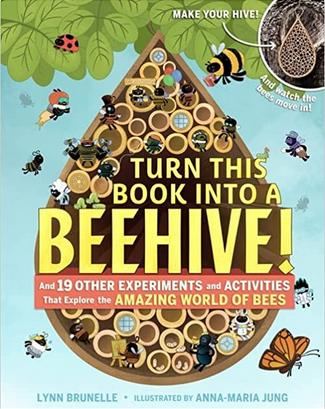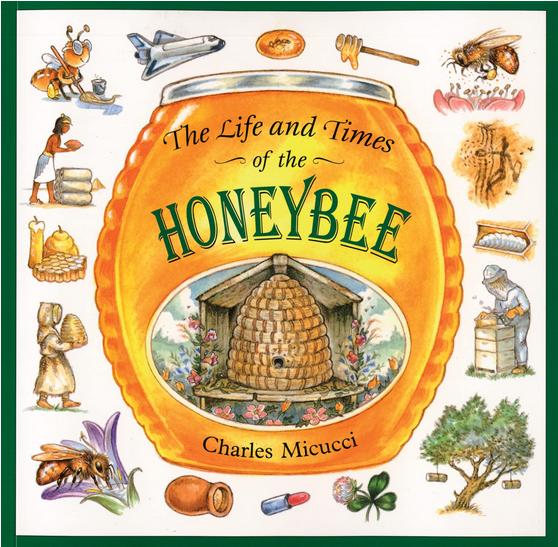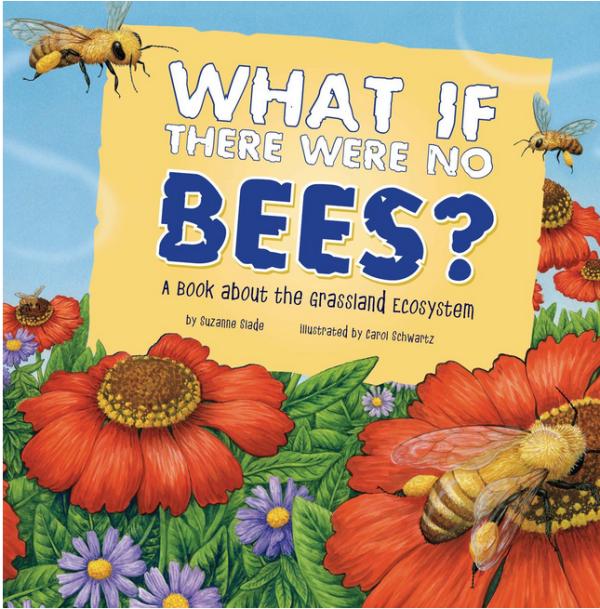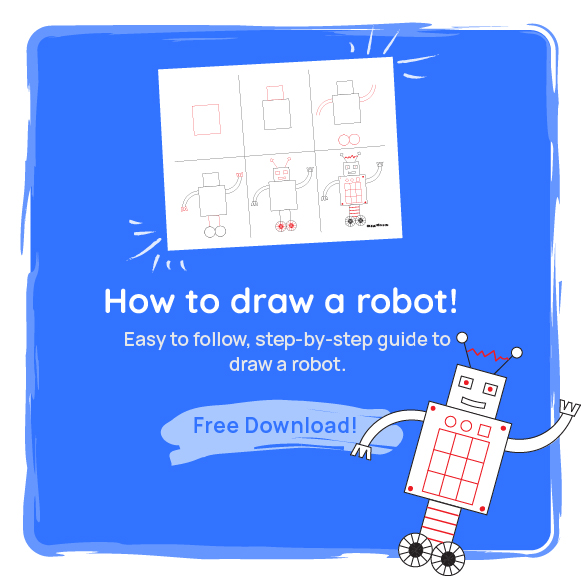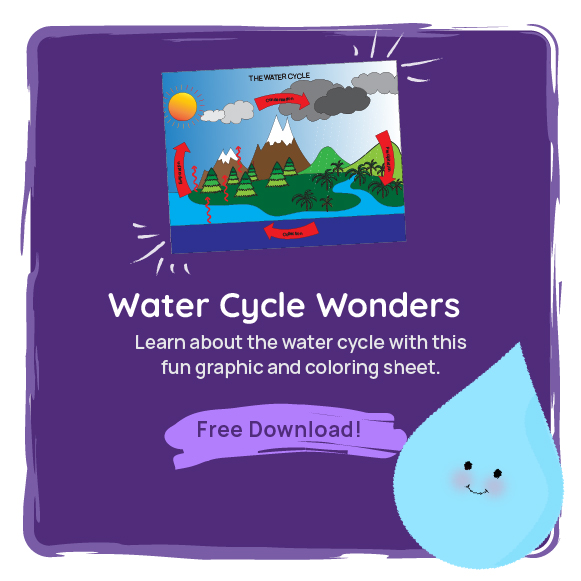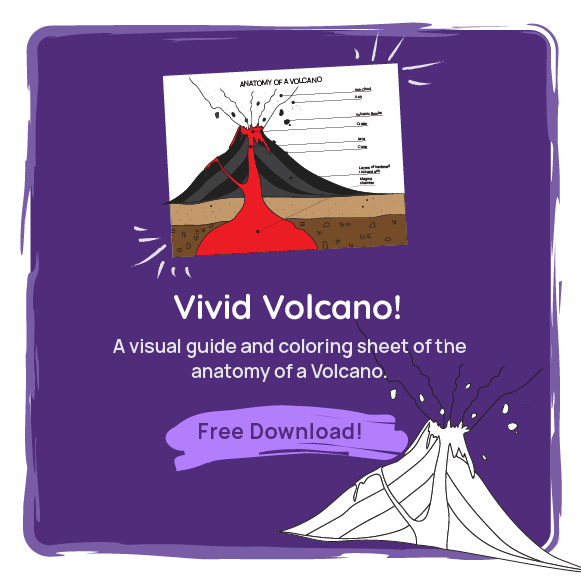You and your children can take a trip through the fascinating world of bees with the books on this list! Each of these books is designed to teach young readers about the vital role bees play in our ecosystem. Little ones will learn about the mesmerizing lives of all types of bees, their remarkable abilities, and the importance of protecting these buzzing superheroes. All of this information is fascinating for adults too! Let’s bee-gin!

What’s all the buzz about bees? Find out in this detailed children’s book! Covering more than 20 bee-related topics, this book presents a wealth of information about bees in a way that’s interesting and easy for kids to understand. Playful diagrams and detailed illustrations accompany the text, too. Kids will learn about bee anatomy, how bees make honey, how bees communicate, and much more. Read this one with early elementary kids.
This book’s die-cut pages invite young children to peek inside a bee’s world! (The hexagonal cutout is inspired by a beehive!) The bee flies from flower to flower, picking up nectar and pollen as she goes. Then she alerts the bees in the hive to a plentiful field of flowers. Young kids will love finding the bees on each page. Older kids will be able to grasp the journey of the bees. It’s a great read aloud book for preschoolers and kindergartners.
Books written by Gail Gibbons are always smart and engaging. This bee-themed book is no exception! Readers will follow the hives and bees of two beekeepers throughout the book. Each page offers colorful illustrations that add value to the text. Diagrams show things like bee anatomy, the structure of the hive, the anatomy of flowers, and much more. The text is incredibly informative, but it does get a bit lengthy, so we recommend reading this one with 7-10 year olds.
This pre-reader book from National Geographic is an excellent resource to use in teaching toddlers and preschoolers about bees. It covers the basics of pollination, bee hives, and bee communication. Plus, it’s full of up-close photographs of bees that kids will love to see. Read this one with young kids or have a kindergartner read it to you!
This book offers a beautiful look into the actions we can take to protect bees. The first section teaches children about the anatomy of bees, the various types of bees, and the process of pollination. The remaining three sections take a deep dive into ways families can protect and care for bees. Kids will learn about beekeeping, planting bee-friendly gardens, harvesting honey, and much more! Older children will be able to fully understand and appreciate the information in the book, but even early elementary kids will understand the diagrams and enjoy the main concepts of the book.
Look at this bee-themed board book that’s perfect for babies and toddlers! As the bee swarms around the book, young children will be introduced to snails, bunnies, ladybugs, and other garden creatures. The book features six thick lift-the-flaps to add extra excitement.
With this nonfiction storybook, kids will be able to tour a beehive to see how the bees work and what they do all day! The rhythmic text is playful but the facts are all true. Bright photographs are featured throughout the book too, including several close-up shots that will really engage kids. The book also features several activity suggestions. Read this one with toddlers and kindergartners.
This book uses a simple story to explain how bees find flowers and how they dance to communicate with other bees. Each page features just a few lines of text and cut-paper collage illustrations. It’s a basic introduction to the work of bees. Read it aloud with toddlers and preschoolers.
The wonder and energy of a beehive is brought to life in this picture book. Readers will follow bees for an entire year, from one spring to the next spring. Each page reads like a lyrical poem. There’s lively language that will get kids excited and eager to see what’s next. The information in the book is solid, too, so kids are learning about the basics of a bee’s life while they’re engaged in this beautiful story. Plus, the illustrations are beautifully done. Read it with preschoolers and early elementary kids.
The vivid descriptions and engaging storytelling in this book take readers through the fascinating life of one honeybee species: Apis Mellifera. The author writes each page like a poem that provides a wealth of fascinating information about these bees. Kids will be amazed at everything the bees do—it’s much more than just flying! The oil-painted illustrations add depth and detail to the story. Read this one with elementary kids.
This book is full of hands-on activities related to bees. The first few pages give a fun illustrated introduction to bees and their importance to the world. Then readers move on to 19 experiments! They’ll make pollen, try to smell like a bee, and even pull apart the pages of the book to create their own beehive. Use this book to get elementary kids excited about bees and help them understand the roles bees play in nature.
Looking for a science lesson on bees? This is the book for your family! There is so much information packed into this one. Kids will learn about the lifecycle of bees, how they work, how they make honey, and much more. They’ll also see what happens in a beehive during each of the 12 months of the year and how bees have been influential in the world since the very beginning. It’s a very interesting book! Older kids will dive into the text on their own, but you may want to read it aloud section-by-section with younger elementary kids.
Removing one part of the ecosystem can have a huge impact on every species. This book emphasizes what it would mean for humans and animals if all of the bees disappeared. Imagine the bears that would go without honey, the flowers that would never bloom, the humans that’d be looking for berries—all of these scenarios and others are depicted in the book. Kids will learn solid scientific facts and be inspired to take action in saving the bee population around their homes. Read it with early elementary kids.
Science and history meld together in this beautifully illustrated book about bees. Each spread offers a large two-page illustration and a snippet of text at the bottom. Readers will learn about bee behavior, hive building, pollination, and the relationships between bees and ancient societies like the Greeks and Egyptians. It’s an interesting book that takes a different approach to the science behind bees. If you have a visual learner at home, this is the book for you!
